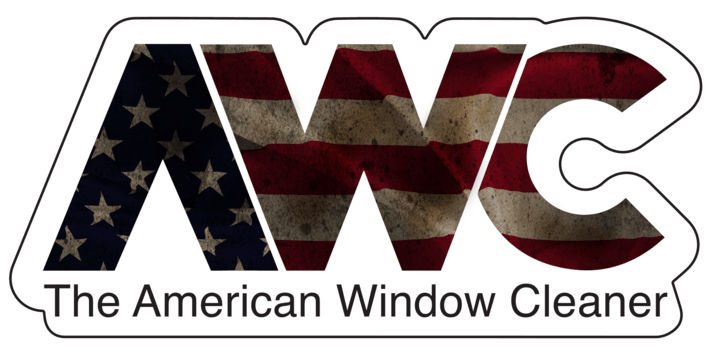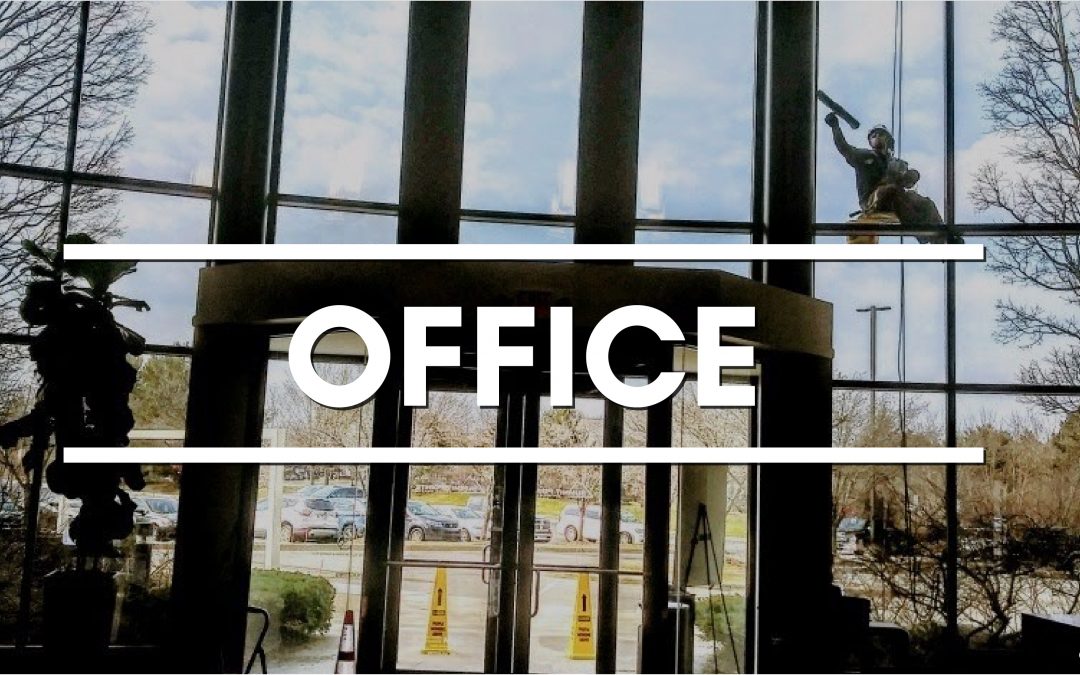Recently the International Window Cleaning Association released a safe practices document to further clarify safe and best practices for window cleaners utilizing Rope Descent Systems. The document is a great start to promoting evolving technologies and practices.
There are four main areas that might be different than what a window cleaner is used to.
1. Helmets
Helmets with chin strap are considered a safe practice while performing RDS work. It is noted that work at height does pose a risk to a window cleaner especially if a fall occurs. Other hazards that make helmets necessary are possible dropped objects from above either tools or as has happened in NYC a building piece fell and killed a window cleaner. In addition, to the above hazards it is noted that the best chance a person has of self- rescue is if a person is conscious. One who has performed a pick rescue would say that even in this rescue situation having the person conscious has huge benefits. Other industries have long held to a head protection standard and the IWCA seeks to align window cleaners to other trades.
2. Harness and Seatboard/Bosun Chair

Credit: Jeff Scott
They should be attached. The common practice of sitting in bosun chair and utilizing a safety back up in case of an emergency has a major flaw in thinking. In the case of a main severe unless the bosun chair strap is utilized as intended, the chair and descender that is attached will more than likely fall to the ground. This makes a self-rescue much harder as most window cleaners aren’t carrying an extra descender. While rescuing oneself on a single line system would be considered a last resort it is of benefit to have as an option. Far too often in a main line severe situation a rescue is performed by emergency responders. This shows a lack of planning by the employer for rescue and a lack or training provided by the employer as well. For the above stated reasons, a safe practice is to have the chair/descender attached to the harness. This can be done several ways and I won’t in this article describe how it can be done just that the new safe practices call for it.
3. Interchangeable Ropes
The safe practices document lays out that ropes used for descent and for safety back up should be of the same size and be interchangeable with equipment being utilized. The intent of this clause is so that the descender that is supposed to be attached to the harness as stated above could be used in a self-rescue situation. This clause is more important for a window cleaner that is utilizing a S type descender such as a Petzl ID. These devices are often sized to the rope, so it makes sense that both lines need to be of the same diameter and material. Many window cleaners still utilize a rack. In this case, number two in this article above would provide for the concern as a rack could be utilized on a variety of diameters of rope to aid in a rescue. If a window cleaner starts to vary from traditional top to bottom work such as rope-to-rope transfers, then having interchangeable ropes makes even more sense as both back up and descenders can be utilized on either.
4. Training Requirements
Gone are the days of becoming a RDS technician without having hands on requirements that are evaluated. The safe practices document identifies two different levels of RDS certification. One being authorized and the other certified. Authorized training is both classroom and hands on with the technician having to demonstrate self-rescue techniques. The Authorized Technician is supposed to be supervised by a Certified window cleaner. This will take some time to implement but the document provides the roadway for this in the future. The Authorized Technician must log 480 hours on rope before they can become certified. The Certified Technician has completed at least 480 hours on rope and has additional skill sets they must perform to meet the designation. I believe this is a huge step in the right direction and the IWCA stating that a Certified Instructor must be utilized gives the program a great deal of creditability. Further a CI can’t train and certify his own workers, so it eliminates the issue of an employer being able to cheat the certification.
The IWCA Safe Practices for RDS in a giant step for the Association and one that was greatly needed for a long time.
While no document is perfect, and it will certainly take time for employers to adapt the issues addressed in this document will help maker window cleaners safer and eliminate many of the inconsistencies in training in the RDS world. Our industry has always evolved and while change isn’t always easy I am confident that our industry will become the professionals they are and rise to the safe practices brought about by education and advancements in equipment.
-By Michael Draper


1: Helmets: Are there more than the one injury/death cited? I am interested to know what year that happened and the circumstances surrounding the accident. One injury does not sound like enough to constitute a rule change so more information would be appreciated.
2: Harness and Seatboard chair: I’m extremely interested in the method of attaching the bosun chair to the harness! It seems you go out of your way to NOT give any recommendations yet make it a ‘requirement’. If you are going to make a ‘Best Practices’ requirement than the minimum is to provide methods to accomplish that Practice. Additionally; these new ‘Practices’ will have to meet with the Chair and Harness ‘Manufacturers Guidelines’ so the ‘user’ and Window Cleaning Owner do not become liable under OSHA’s scrutiny.
3. Interchangeable Rope: This should be common practice for every user.
4. What is the method to become a ‘certified’ and then ‘authorized’ user? I would like to move our employees forward as quickly as possible toward this goal.
Thank you for your efforts to make us all safer.